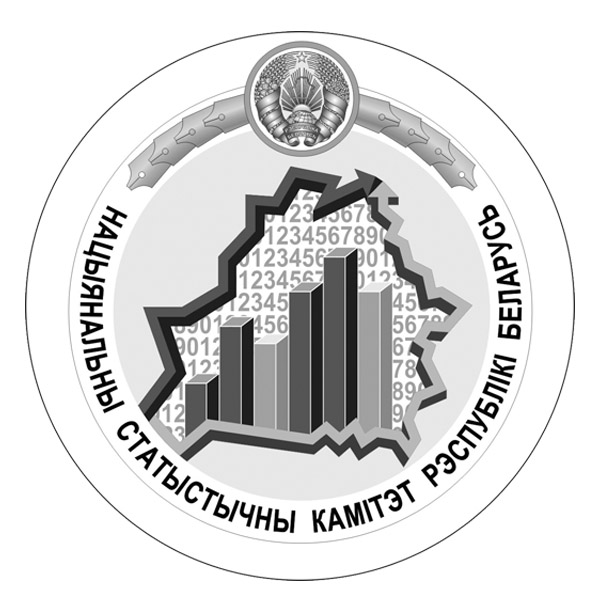Goal 13: Take urgent action to combat climate change and its impacts
|
Global level indicators |
Tier at global level |
National indicators |
National agency responsible for the indicator |
|---|---|---|---|
|
TARGET 13.1. Strengthen resilience and adaptive capacity to climate-related hazards and natural disasters in all countries |
|||
|
13.1.1. Number of deaths, missing persons and directly affected persons attributed to disasters per 100,000 population
|
I |
13.1.1.1. Number of deaths due to emergencies 13.1.1.2. Number of injured and sick people due to emergencies 13.1.1.3.Number of temporarily resettled and evacuated people due to emergencies |
Ministry of Emergencies |
|
13.1.2. Number of countries that adopt and implement national disaster risk reduction strategies in line with the Sendai Framework for Disaster Risk Reduction 2015-2030 |
I |
13.1.2.National disaster risk reduction strategies are in place, consistent with the Sendai Framework for Disaster Risk Reduction for 2015-2030 (units) |
Ministry of Emergencies |
|
13.1.3. Proportion of local governments that adopt and implement local disaster risk reduction strategies in line with national disaster risk reduction strategies |
II |
13.1.3. Proportion of local governments that adopt and implement local disaster risk reduction strategies in line with national disaster risk reduction strategies |
Ministry of Emergencies |
|
TARGET 13.2. Integrate climate change measures into national policies, strategies and planning |
|||
|
13.2.1. Number of countries with nationally determined contributions, long-term strategies, national adaptation plans, strategies as reported in adaptation communications and national communications |
II |
13.2.1.1. Presence of an integrated policy/strategy/plan which increases the ability of the country to adapt to the adverse impacts of climate change, and foster climate resilience and low greenhouse gas emissions development in a manner that does not threaten food production (units) |
Ministry of Natural Resources and Environmental Protection |
|
13.2.2. Total greenhouse gas emissions per year |
I |
13.2.2. Total greenhouse gas emissions per year (million tonnes in terms of CO2) |
UNFCCC Secretariat |
|
TARGET 13.3. Improve education, awareness-raising and human and institutional capacity on climate change mitigation, adaptation, impact reduction and early warning |
|||
|
13.3.1. Extent to which (i) global citizenship education and (ii) education for sustainable development are mainstreamed in (a) national education policies; (b) curricula; (c) teacher education; and (d) student assessment |
II |
13.3.1 Extent to which (i) global citizenship education and (ii) education for sustainable development are mainstreamed in (a) national education policies; (b) curricula; (c) teacher education; and (d) student assessment |
Ministry of Education |
|
TARGET 13.a. Implement the commitment undertaken by developed-country parties to the United Nations Framework Convention on Climate Change to a goal of mobilizing jointly $100 billion annually by 2020 from all sources to address the needs of developing countries in the context of meaningful mitigation actions and transparency on implementation and fully operationalize the Green Climate Fund through its capitalization as soon as possible |
|||
|
13.a.1. Amounts provided and mobilized in United States dollars per year in relation to the continued existing collective mobilization goal of the $100billion commitment through to 2025 |
II |
Not relevant for Belarus |
|
|
TARGET 13.b. Promote mechanisms for raising capacity for effective climate change-related planning and management in least developed countries and small island developing States, including focusing on women, youth and local and marginalized communities |
|||
|
13.b.1. Number of least developed countries and small island developing States with nationally determined contributions, long-term strategies, national adaptation plans and adaptation communications, as reported to the secretariat of the United Nations Framework Convention on Climate Change |
II |
Not relevant for Belarus |
|

